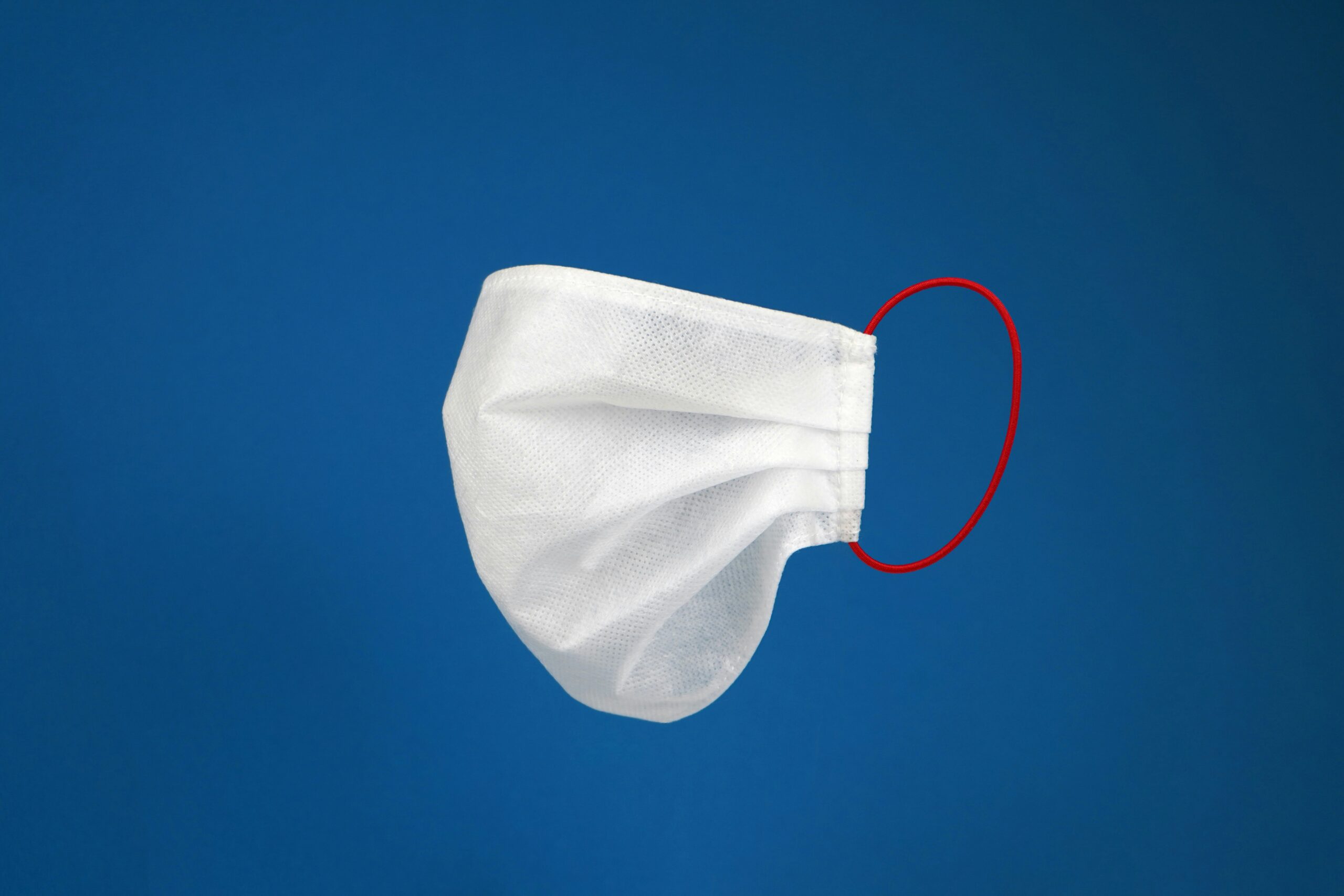
What is Hand, Foot, and Mouth Disease?
Hand, foot, and mouth disease (HFMD) is a common viral infection primarily affecting young children. Characterized by fever, sores in the mouth, and a rash, this contagious disease usually resolves on its own within a week. It is caused by various enteroviruses, most notably the coxsackievirus.
Symptoms and Diagnosis
The symptoms of hand, foot, and mouth disease typically begin with a mild fever and general malaise. This might be followed by painful mouth sores that can make eating or drinking uncomfortable. Additionally, a rash may appear on the palms of the hands and soles of the feet. If you suspect your child has HFMD, it’s essential to consult a healthcare provider for an accurate diagnosis and advice on symptomatic treatment.
Prevention and Care
Preventing hand, foot, and mouth disease involves practicing good hygiene. Regular handwashing with soap, especially after changing diapers or using the bathroom, is crucial. Furthermore, avoid close contact with infected individuals to reduce the spread of the virus. While HFMD is generally mild and self-limiting, ensuring your child stays hydrated and comfortable can help alleviate symptoms. If you notice any concerning signs or if symptoms worsen, seek medical attention promptly.
Hand, Foot, and Mouth Disease (HFMD) is a common viral illness that affects children under the age of 10. It is characterized by a distinctive rash on the hands, feet, and mouth, as well as fever, sore throat, and irritability.
Causes and Transmission:
- Viral Infection: HFMD is caused by viruses from the Picornaviridae family, such as Coxsackievirus A16 and Enterovirus 71.
- Contagious: HFMD is highly contagious and can spread through:
- Direct contact with an infected person’s saliva, mucus, or feces.
- Indirect contact with contaminated surfaces or objects.
- Droplet transmission through coughing or sneezing.
Symptoms:
- Fever: A low-grade fever, usually less than 102°F (39°C).
- Rash: A characteristic rash appears on the hands, feet, and mouth, consisting of:
- Flat, red spots or blisters on the palms and soles.
- Red, swollen, and painful lesions in the mouth, including the tongue, gums, and lips.
- Sore Throat: A sore throat and difficulty swallowing.
- Irritability: Children may become irritable, restless, and refuse to eat.
- Loss of Appetite: A decrease in appetite due to mouth pain and discomfort.
Complications:
- Dehydration: Due to difficulty swallowing and refusing to eat or drink.
- Secondary Bacterial Infections: Such as ear infections, pneumonia, or meningitis.
- Viral Meningitis: A rare but serious complication, especially in young children.
Diagnosis:
- Physical Examination: A healthcare professional will examine the child’s rash, mouth, and overall condition.
- Medical History: A thorough medical history will be taken to rule out other possible causes.
- Laboratory Tests: Such as stool or throat cultures, may be ordered to confirm the diagnosis.
Treatment:
- Supportive Care: Focuses on relieving symptoms, such as pain, fever, and dehydration.
- Pain Management: Acetaminophen (Tylenol) or ibuprofen (Advil or Motrin) may be prescribed to manage pain and reduce fever.
- Fluid Replacement: Encouraging the child to drink plenty of fluids to prevent dehydration.
- Rest: Ensuring the child gets plenty of rest to help their body recover.
Prevention:
- Good Hygiene: Practicing good hygiene, such as washing hands frequently, especially after using the bathroom or before eating.
- Avoid Close Contact: Avoiding close contact with anyone who has HFMD.
- Cleaning and Disinfecting: Regularly cleaning and disinfecting surfaces and objects that may be contaminated with the virus.
